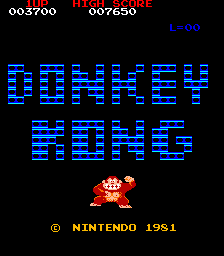Donkey Kong (Japan set 3)
Game Information
| manufacturer | Nintendo |
| year | 1981 |
| clone of | dkong |
| other clones | dkongf dkonghrd dkonghs dkongike dkongj dkongjo dkongjo1 dkongjrc dkongo dkongpe dkongx dkongx11 |
| genre | Platform |
| downloads | 124 |
Screenshots










Download Details
| split set | dkongjo1.zip 13.59k |
| parent set | dkong.zip 21.78k ↗ |
| standalone set | dkongjo1.7z 18.61k |
Driver Details
| source | nintendo/dkong.cpp |
| status | good |
| emulation | good |
| savestate | supported |
Series Details
Screen Details
| display | screen |
| type | raster |
| orientation | horizontal |
| width | 256px |
| height | 224px |
| refresh | 60.61mhz |
Input Details
| player | 1 |
| type | joy |
| buttons | 1 |
| directions | 4 |
| player | 2 |
| type | joy |
| buttons | 1 |
| directions | 4 |
Chipset Details
| name | Zilog Z80 |
| clock | 2.93mhz |
| name | Intel 8257 DMA Controller |
| clock | 2.93mhz |
| name | Fujitsu MB8884 |
| clock | 5.72mhz |
| name | Speaker |
| clock | N/A |
| name | Discrete Sound |
| clock | N/A |
ROM Details
| name | size | crc |
|---|---|---|
| c_5f_b.bin | 4.00k | 424f2b11 |
| 5g.cpu | 4.00k | d326599b |
| c_5h_b.bin | 4.00k | 1d28895d |
| 5k.bin | 4.00k | 7961599c |
| s_3i_b.bin | 2.00k | 45a4ed06 |
| s_3j_b.bin | 2.00k | 4743fe92 |
| v_5h_b.bin | 2.00k | 12c8c95d |
| v_5k_b.bin | 2.00k | 3684f914 |
| l_4m_b.bin | 2.00k | 59f8054d |
| l_4n_b.bin | 2.00k | 672e4714 |
| l_4r_b.bin | 2.00k | feaa59ee |
| l_4s_b.bin | 2.00k | 20f2ef7e |
| c-2k.bpr | 256.00b | e273ede5 |
| c-2j.bpr | 256.00b | d6412358 |
| v-5e.bpr | 256.00b | b869b8f5 |